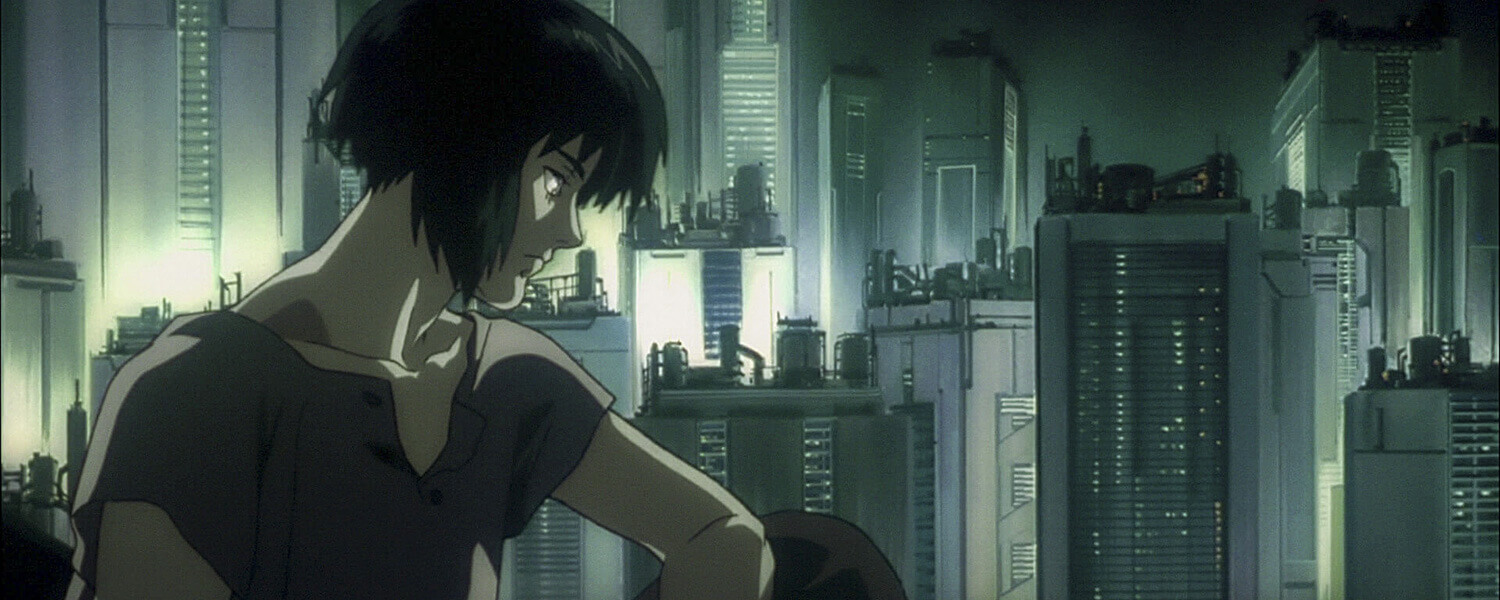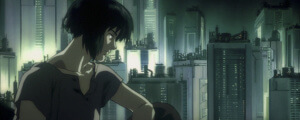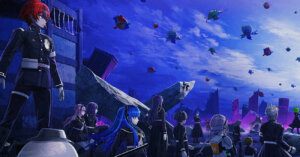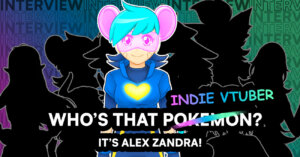KWEH!
This week marks the 20th anniversary of the 1995 Ghost in the Shell movie directed by Mamoru Oshii. The movie was based on a manga of the same name by Shirow Masamune, a relatively unknown artist outside Japan. Also, a new Ghost in the Shell: The New Movie just came out. If you haven’t had a chance to catch it, I would recommend doing so.
Ghost in the Shell has been a personal favorite since I watched it years ago. It is the earliest anime and pop culture work that introduced me to the concept of “being,” “reality,” and the philosophy of existentialism. Ever since, I have been interested in works that talk about memory, self-identity and realization, technological advances and their impact on society, as well as the themes I mentioned above.
Ghost in the Shell’s History and Development
Masamune Shirow started the Ghost in the Shell manga in 1989. The name was an homage to Arthur Koestler’s, The Ghost in the Machines, a philosophical, psychological book about the relationship of mind-body. The concept persists throughout the Ghost in the Shell manga/movie/anime series and is a driving influence in the works.
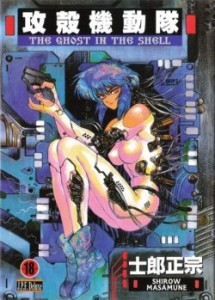
Though Shirow wanted to stick with the name The Ghost in the Shell, Kouichi Yuri, the coordinator at Young Magazine requested a “flashier” name. Shirow gave the name 攻殻機動隊 (Koukaku Kidoutai), meaning “Mobile Armored Riot Police“. On top of that, Shirow requested keeping “The Ghost in the Shell” as the second part of the full name, making its full title 攻殻機動隊 The Ghost in the Shell.
Mamoru Oshii’s movie adaptation reversed and slightly changed the name to Ghost in the Shell 攻殻機動隊. The English name has since stuck and gained popularity. Oshii was probably the best person to envision and direct the movie. His prior works such as Patlabor, Angel’s Egg, and the unofficially named Kerberos Saga series, have similar undertones and motifs to those present in Ghost in the Shell. Patlabor deals with the role of robots and technology in society. Angel’s Egg, though a commercial failure, presents several different philosophical and theological topics. While Kerberos Saga, mainly written by Oshii, is a series of multimedia works that portrays the struggles between political and military powers.
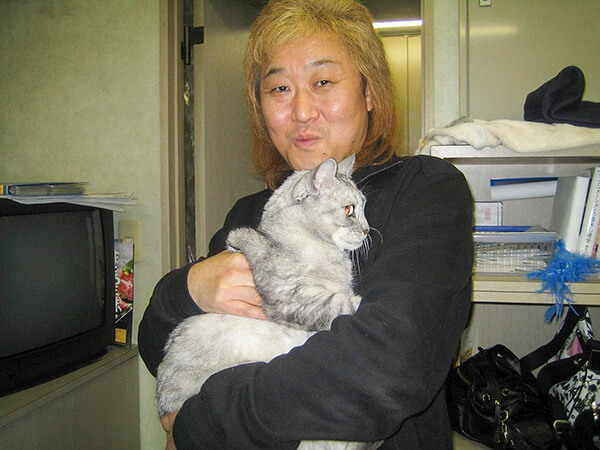
If you are already familiar with Oshii, you may also have heard of Kenji Kawai’s compositions. Oshii and Kawai have collaborated on multiple anime and movies. Kawai is a self-taught musician with a vast number of anime, games, and movies on his resume. Some of which are: Avalon, Ip Man (yes, the kung-fu movie with Donnie Yen), Patlabor, Vampire Princess Miyu, Ranma 1/2, Ring (yup, the horror movie), Maison Ikkoku, Death Note live-action movie, and Mobile Suit Gundam 00. Kawai has been nominated and received some awards for his compositions.
In composing for the 1995 movie, Kawai wanted to use Bulgarian folk music singers to sing in a traditional Japanese folk style. The poetic lyrics are said to have originated from the ancient Yamato language. Kawai was not able to get anyone to sing so he ended up employing an all-female Japanese choir to sing the part. Hair-rising, I tell you!
Japanese Cyberpunk
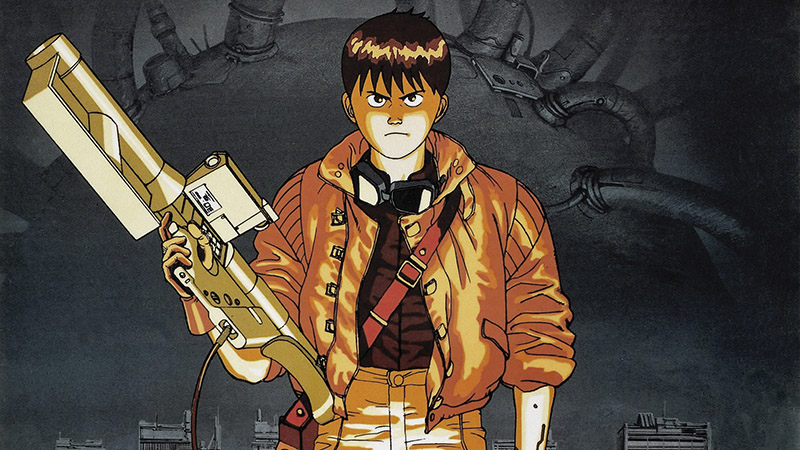
Ghost in the Shell is a great example of the Japanese cyberpunk genre. Akira by Katsuhiro Otomo is also an often cited work from the genre. The reason for the categorization lies in the different takes of many authors of the Japanese cyberpunk subgenre.
The subgenre itself rose to prominence in the 1980s. Some of the earlier live-action movies are very experimental. Both Japanese and Western cyberpunk shares the themes of artificial intelligence, megacorporations, rather dystopian futures, and are commonly set in a not-so-distant future where technology is often used for purposes other than what it is designed for.
However, the Japanese counterpart distinguishes itself by using themes such as: the relationship between flesh and metal, meshes of sex and violence, invasion and violation (physical and mental), and more. Often the themes are shown visually in both real and metaphorical senses. Due to the graphic nature of the movies, they are often horrific and can be grotesque.
Mark Player of Midnight Eye has a long and insightful write-up about the early stages and film works of the Japanese cyberpunk genre that you can visit by clicking here.
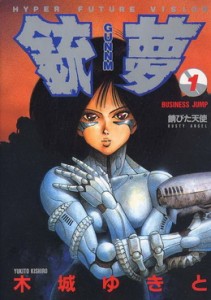
How about anime and manga? Well, similar it’s the live-action siblings, there are quite a few titles belonging in the subgenre. Many of them appeared in the 80s and 90s time frame, but there are also some that appeared in the early 2000s. Aside from Akira, some of the more famous works are: Bubblegum Crisis, Appleseed (created by Masamune Shirow prior to the Ghost in the Shell manga), Battle Angel Alita (also known as Gunnm or Ganmu in Japan), Texhnolyze, Serial Experiment Lain, Ergo Proxy, and the more recent Pyscho-Pass.
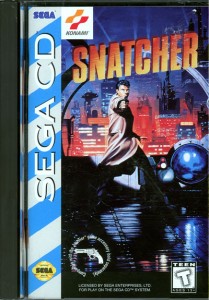
There are also several Japanese cyberpunk games and games with cyberpunk themes. Hideo Kojima of Metal Gear Solid fame is also credited with directing two cyberpunk games: Snatcher in 1988, and Policenauts in 1994. Snatcher was only released in the US for the Sega CD platform even though there are many re-releases for other platforms in Japan. Policenauts has not been released outside Japan so far.
The Ghost in the Shell movie shares similar concepts for location with another cyberpunk movie, Ridley Scott’s Blade Runner. Though Blade Runner is set in future Los Angeles, the dystopian cyber-noir look was taken from a mesh of Western and Asian influences. The street scenes in Blade Runner and Ghost in the Shell look a lot like some parts of Hong Kong. There is even a fan-made video comparing real-life Hong Kong with the scenes from Ghost in the Shell.
With that, I hope I can entice you to look through some of the anime or manga in the Cyberpunk subgenre. Let me know what you think in the comment section below and come back next week for the #ThrowbackThursday Thanksgiving Special!
Sources: Did You Know Anime (YouTube), Anime Vice (YouTube), Cyberpunkmovies.net, Midnight Eye, Kotaku (The Darkest Cyberpunk Worlds In Japanese Video Games), IO9 (When Did Japan Stop Being The Future?), Blade Runner Wikipedia, and Kenji Kawai Wikipedia.

Featured Sponsor - Shoujo Sundae
Love shoujo and josei anime? Shoujo Sundae serves deep dives, laughs, and sweet takes every other Sunday. Let's dig in!
Big thank you to our supporters
From their continous support, we are able to pay our team for their time and hard work on the site.
We have a Thank-You page dedicated to those who help us continue the work that we’ve been doing.
See our thank you page